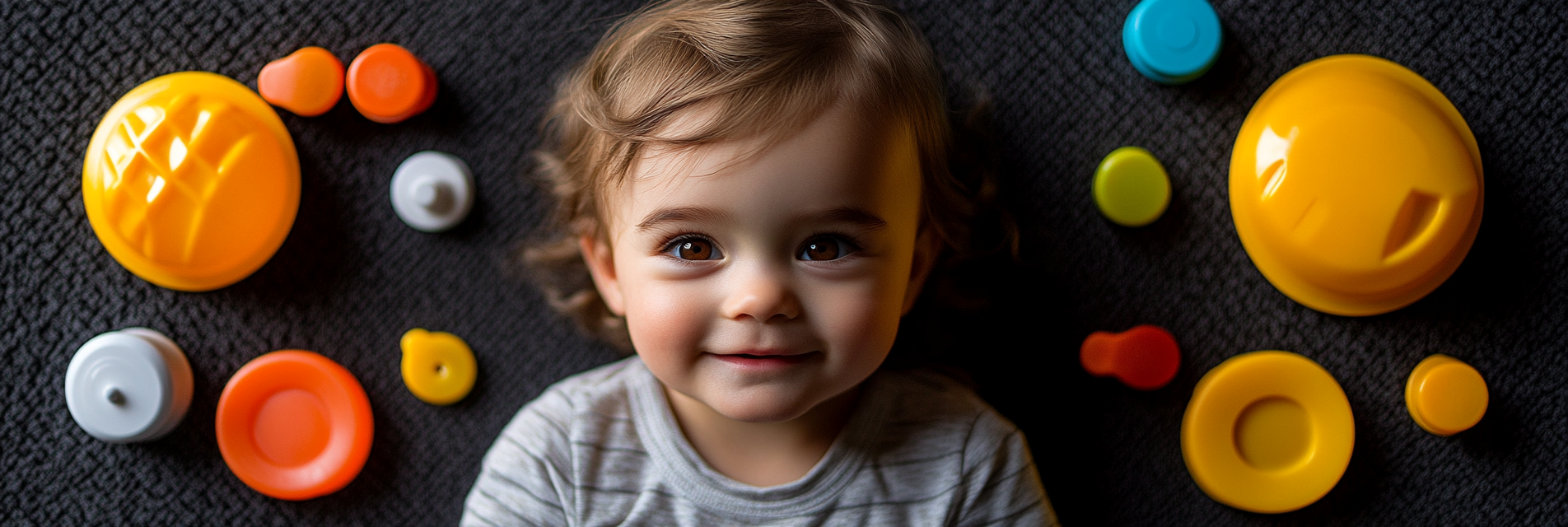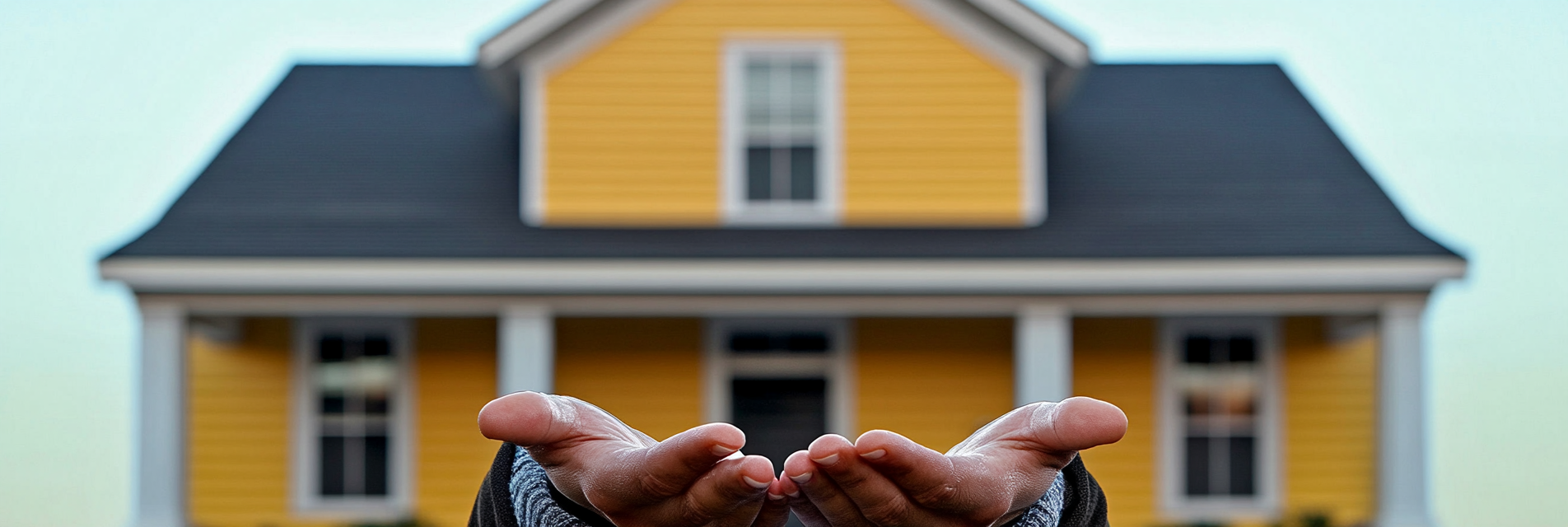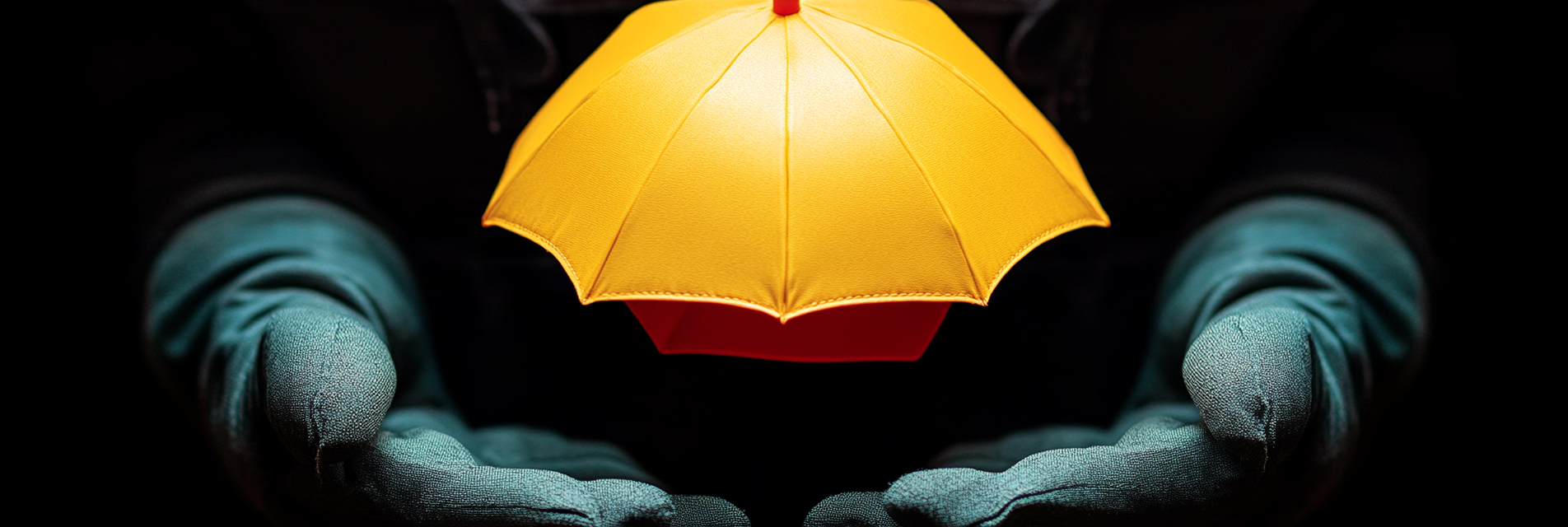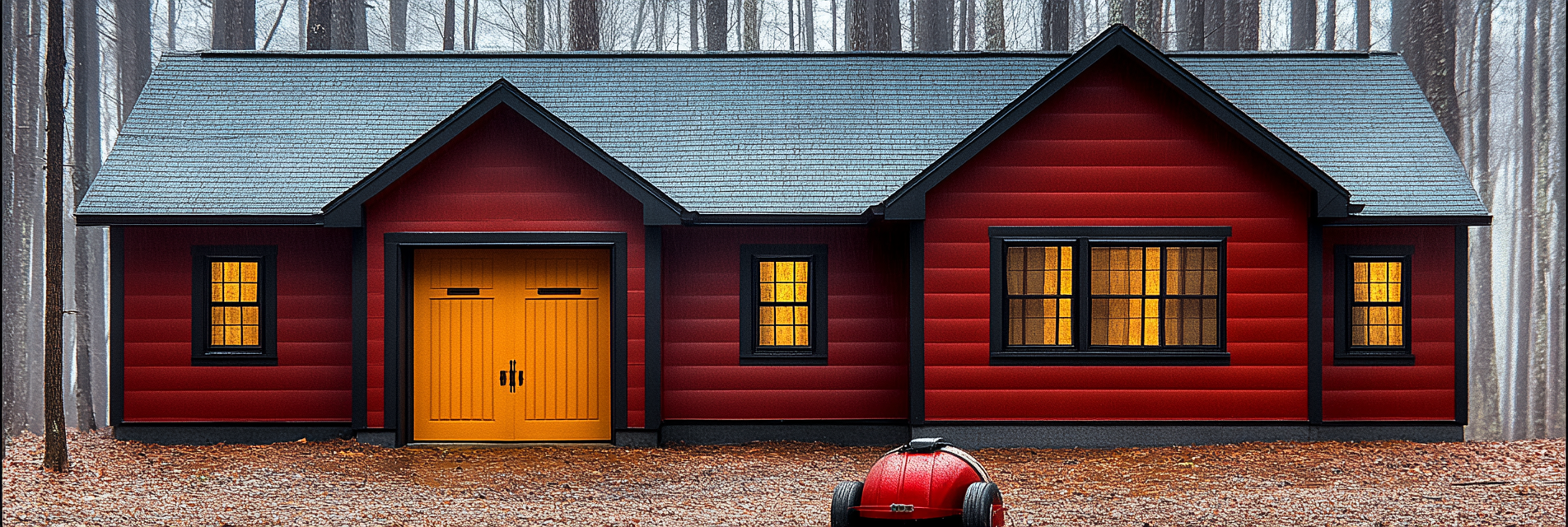Hey there Parent of the Tri-Cities! Whether you live in Kennewick, Pasco, Richland, or beyond … we wanted to provide a Home Safety Checklist for our fellow citizens. We’re all about dryer safety here at Dryer Fire Fighters. And we’re also all about home safety in general, and a comprehensive home safety checklist can make a big difference in protecting children from accidents and injuries. When you implement measures to childproof your home and property, always maintain a vigilant perspective, and teach your children about safety, you as parents can can create a secure and nurturing environment for the whole family (and guests).
1. Living Room and General Areas
- Secure Furniture: Anchor heavy furniture such as bookshelves, dressers, and TV stands to the wall to prevent tipping.
- Cover Electrical Outlets: Install outlet covers or plug protectors to prevent children from inserting objects or touching exposed outlets.
- Remove Small Objects: Ensure that all small items, such as coins, batteries, and buttons, are out of reach to prevent choking hazards.
- Install Corner Protectors: Place corner guards on tables, cabinets, and other furniture with sharp edges.
- Use Safety Gates: Place gates at the top and bottom of staircases and in entryways to restrict access to potentially dangerous areas.
2. Kitchen Safety
- Store Knives Safely: Keep sharp knives and utensils in locked drawers or cabinets (or at least out of reach for little ones).
- Turn Pot Handles Inward: When cooking, ensure that pot and pan handles are turned INWARD to avoid accidental pulling or tipping.
- Install Stove Guards: Use stove knob covers or guards to prevent children from turning on the stove.
- Lock Cabinets: Install childproof locks on cabinets that contain cleaning supplies, alcohol, and sharp objects.
- Secure Trash Bins: Use bins with locking lids or store trash cans in a cabinet to prevent children from accessing hazardous waste.
3. Bathroom Safety
- Never Leave Children Unattended: Always supervise children when they are in or near the bath or sink.
- Set Water Heater Temperature: Ensure the water heater is set to 120°F (49°C) or lower to prevent scalding.
- Use Non-Slip Mats: Place non-slip mats inside the bathtub and on the bathroom floor to prevent falls.
- Store Medications Securely: Keep all medications, vitamins, and supplements in a locked cabinet.
- Install Toilet Locks: Prevent young children from accessing the toilet, which poses a drowning risk.
4. Bedroom Safety
- Choose Safe Crib Bedding: Avoid placing blankets, pillows, or stuffed toys in a crib to reduce the risk of suffocation.
- Anchor Dressers and Nightstands: Secure bedroom furniture to the wall to prevent tipping accidents.
- Use Window Guards: Install window guards or stops to prevent windows from being opened wide enough for a child to fall through.
- Secure Cords: Keep blind and curtain cords out of reach to avoid strangulation hazards.
5. Playroom Safety
- Inspect Toys Regularly: Check toys for loose parts, sharp edges, and broken pieces that could pose a choking hazard.
- Use Safe Storage: Store toys in bins with no lids or with safety hinges to prevent finger injuries.
- Keep Play Areas Clutter-Free: Ensure play areas are organized and free from tripping hazards.
- Install Foam Flooring: Use padded mats or rugs to cushion falls.
6. Laundry Room Safety
- Store Detergents and Chemicals Securely: Keep laundry detergent pods, bleach, and other cleaning products in high, locked cabinets.
- Lock Washing Machine and Dryer: Use child safety locks to prevent children from opening or climbing into appliances.
- Remove Lint Regularly: Clean the dryer lint trap after each use to reduce fire risk and ensure proper ventilation.
7. Garage and Outdoor Safety
- Secure Tools and Equipment: Store sharp tools, power equipment, and chemicals in locked cabinets or on high shelves.
- Install Garage Door Safety Sensors: Ensure the garage door has functioning sensors to prevent it from closing on children or pets.
- Fence Off Pools: Use a self-latching gate around pools and teach children basic water safety.
- Supervise Outdoor Play: Always monitor children when they are playing outside, especially near streets or water features.
8. General Safety Practices
- Check Smoke and CO Detectors: Test smoke detectors and carbon monoxide alarms monthly and replace batteries as needed.
- Create an Emergency Plan: Develop and practice a fire escape plan with your family. Ensure children know what to do in case of a fire or emergency.
- Maintain First Aid Supplies: Keep a well-stocked first aid kit in an accessible location for quick use.
- Teach Safety Rules: Educate children about potential dangers in the home, such as hot surfaces, electrical outlets, and sharp objects.
- Label Emergency Contacts: Post emergency phone numbers and contact information in a visible spot for babysitters and older children.
9. Safety Reminders for Parents
- Supervise Young Children: Always keep an eye on young children, especially during high-risk activities like bathing or cooking.
- Keep Hazardous Items Out of Reach: Store items like matches, lighters, and plastic bags in locked or elevated areas.
- Practice Safe Sleeping: Ensure that infants sleep on their backs in a crib that meets safety standards.
- Update Safety Gear: Regularly check the condition of safety gates, outlet covers, and cabinet locks to ensure they are functioning properly.
Serving the communities of:
Kennewick | Pasco | Richland | West Richland | Finley | Burbank | Benton City | Prosser | Grandview | Connell
As the sole certified dryer exhaust technician recognized by CSIA.org in the Tri-Cities area, Paul brings a wealth of expertise to fire prevention. His primary focus lies in addressing the root cause of many residential fires: lint buildup in dryer cavities and vents. Through rigorous inspections and thorough cleanings, Paul ensures that families and businesses can enjoy peace of mind, knowing their properties are safeguarded against fire risks.









































